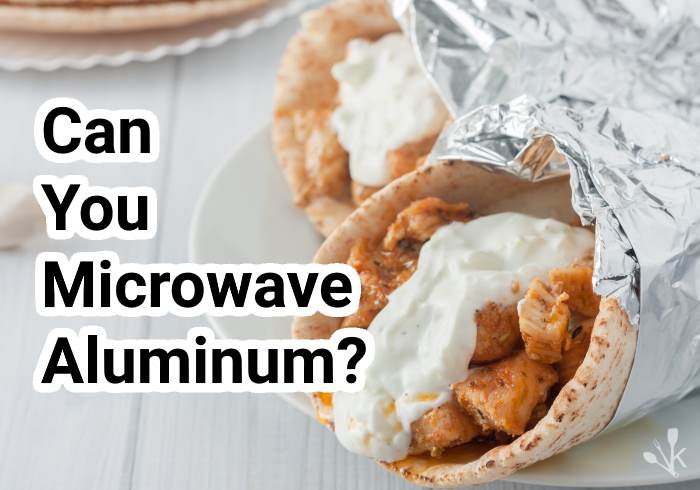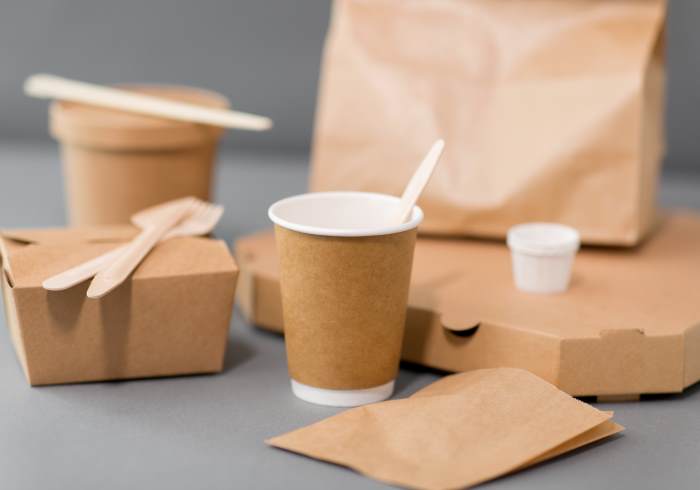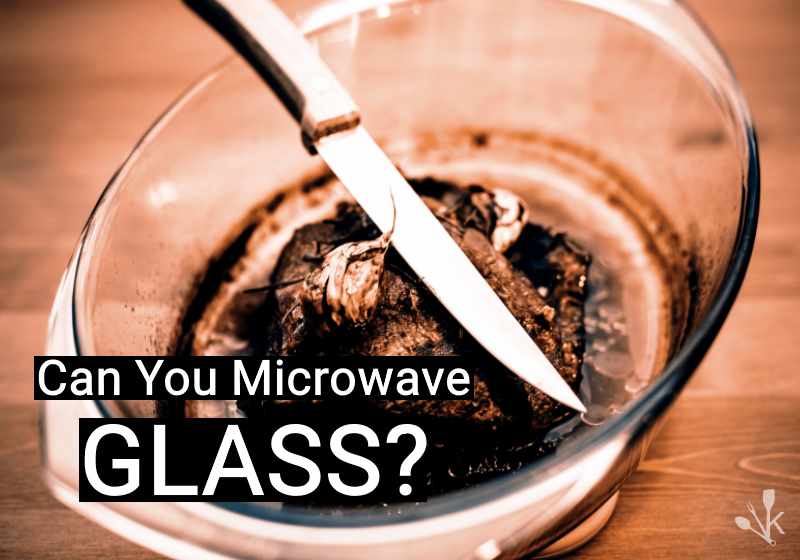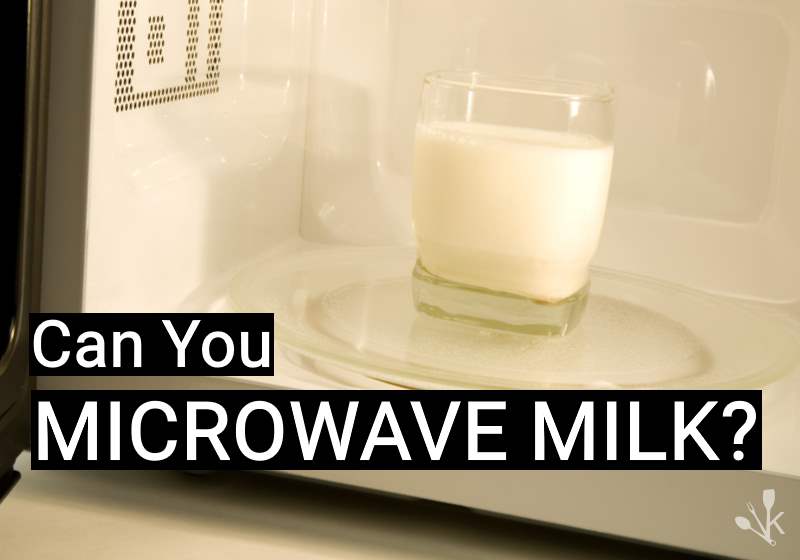If you’re anything like me, you’ve stood in your kitchen more than once, Tupperware in hand, wondering if it’s safe to toss in the microwave for a minute or two.
After all, we all want to make sure that our food is heated safely without compromising the quality of our containers or, more importantly, our health.
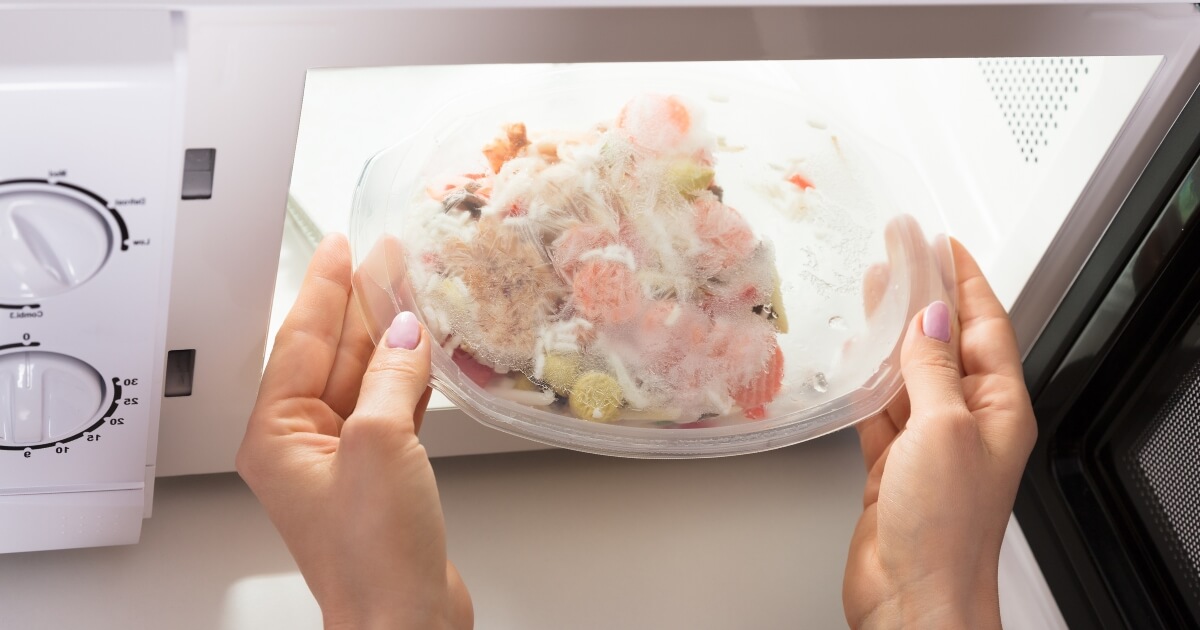
There is a lot to consider when microwaving Tupperware, so in this guide, we’ll explore the do’s, don’ts, and must-knows to keep your Tupperware and food safe and efficient.
Is Tupperware Microwave Safe?
Yes, you can microwave Tupperware products released post-March 2010 in the US & Canada. They are designed to be safe and BPA-free. However, always look for the “microwave safe” label before heating.
Always choose BPA-free Tupperware and adhere to temperature guidelines for the safety of your food and containers.
Many Tupperware products are designed with microwaving in mind to help make reheating leftovers so much easier and worry-free. They’re made of materials that can withstand the heat without leaching any harmful chemicals into food.
But, as with many things in the kitchen, there’s a right and wrong way.
Even if your Tupperware is microwave-safe, avoid overheating it or using it for foods with high fat or sugar content, which can get super hot and melt or warp your plastic container.
Is Tupperware BPA Free?
Bisphenol A, an endocrine disruptor commonly known as BPA, has been a topic of concern for years, especially when it comes to food storage containers.
The worry comes from potential health risks associated with BPA exposure, especially when containers are subjected to heat, like in microwaving.
Tupperware, a leading food storage brand, has been under the microscope regarding this issue.
The good news is that Tupperware products sold after March 2010 in the US & Canada are BPA-free.
They also don’t use PET (polyethylene terephthalate, found in disposable soda bottles), PVC (polyvinyl chloride, found in cling wrap, some ziploc bags, and some cooking oil containers) or PS (polystyrene, used to make Styrofoam take-out containers.)
Thankfully, they’ve prioritized the health and safety of their customers like you and me. This shift not only aligns with modern health standards but also builds trust among consumers.

If you happen to have older Tupperware items, it might be worth checking if they contain BPA or not. While the risks are a topic of debate, it’s been over a decade now, and they probably need to be replaced anyway.
So, consider updating your collection or using older containers for cold storage rather than for microwaving.
How To Tell If Tupperware Is Microwave Safe?
Determining whether your Tupperware is microwave-safe is crucial for both the longevity of your containers and the safety of your food.
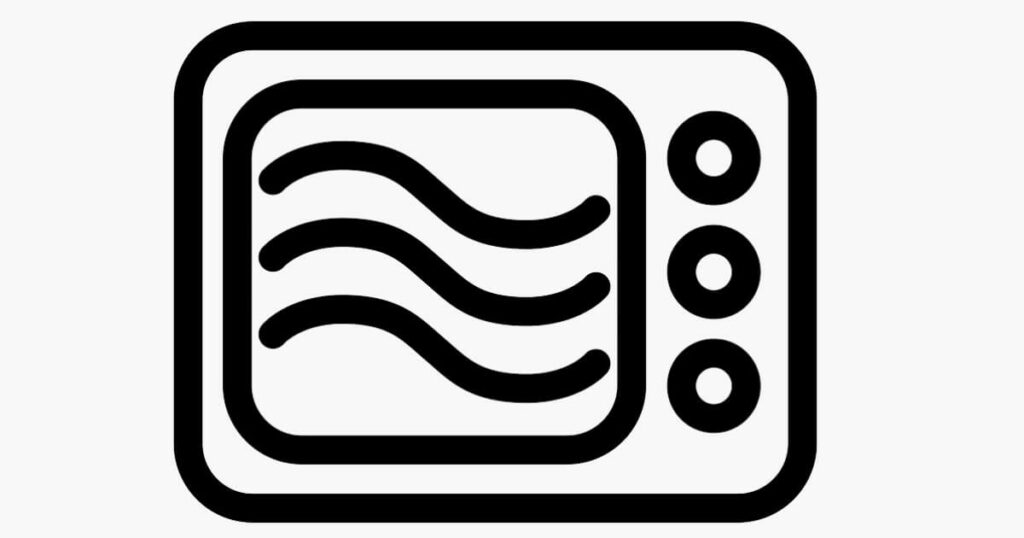
Thankfully, manufacturers have made it relatively straightforward with specific symbols and labels.
It’s important to note that we often call any plastic container Tupperware, but Tupperware is actually a brand of storage container. And many of those alternatives are not designed for microwave use.
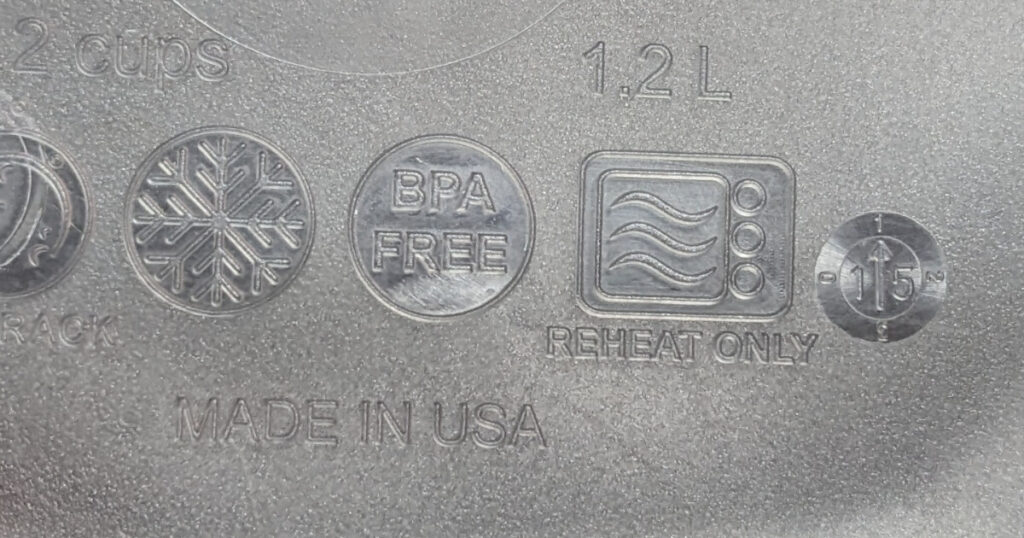
One of the first things I look for on any Tupperware container is the microwave-safe symbol. It’s typically depicted as a series of wavy lines resembling the microwaves themselves.
If you spot the microwave symbol, it’s a clear indication that the container is designed to handle microwave heat. However, the absence of this symbol doesn’t necessarily mean it’s unsafe, but it’s always better to be cautious and avoid microwaving.
Tupperware comes in a variety of types and materials, each with its own set of properties. Some are specifically crafted for microwave use, while others are better suited for cold storage.
For example, Tupperware’s “Vent’ N Serve” line is explicitly designed for microwave reheating. These microwave-safe containers often come with vents to allow steam to escape, ensuring even heating.
On the other hand, some Tupperware products, especially older ones or those designed for other purposes, might not be microwave-friendly.
It’s important to familiarize yourself with the different lines and their intended uses. When in doubt, a quick check on the manufacturer’s website or a glance at the product description can provide clarity.
Remember, just because a container fits in the microwave doesn’t mean it should be microwaved. Taking a moment to check for the right symbols and understanding the types of Tupperware you own can save you from potential problems down the road.
Precautions Before Microwaving Tupperware
Before you pop your Tupperware into the microwave, it’s always a good idea to give it a once-over. It’s not just about whether it’s microwave-safe but also about its current condition.
A quick check can prevent potential issues and ensure your food heats evenly and safely.
- Inspect Before Microwaving
- Check the Seal
- Avoid Overheating (Use Medium Power)
- Reheat in Intervals
- Safety First
One of the first things to do is to inspect your Tupperware for any signs of damage. Cracks, warping, or any other deformities can be a red flag.
These imperfections might affect the heating process and lead to chemicals leaching into your food, especially if the container isn’t BPA-free.
Another tip I’ve picked up over the years is to ensure the seal is working correctly. If the lid doesn’t fit snugly or if the seal is damaged, it might not be safe for microwaving (if using their vented food containers) or fail to seal your food properly when storing.
Even if your Tupperware is labeled as microwave-safe, avoid overheating. Exposing it to high temperatures for long periods can lead to warping or damage.
If you’re reheating something that requires a longer time, consider doing it in intervals at a medium heat, giving the container a break in between.
Tupperware Alternatives To Consider
While Tupperware is a household name and a go-to for many, other options might suit your microwaving needs even better.
Exploring alternatives can be a game-changer, especially if you’re looking for something more durable or if you have concerns about microwaving different types of plastics.
Glass containers are a popular alternative to plastic Tupperware. They’re sturdy, don’t absorb food odors or colors, and are often oven-safe, making them versatile for both cooking and storage.
I’ve found that glass containers heat food more evenly in the microwave, reducing those pesky cold spots in the middle of your meal.
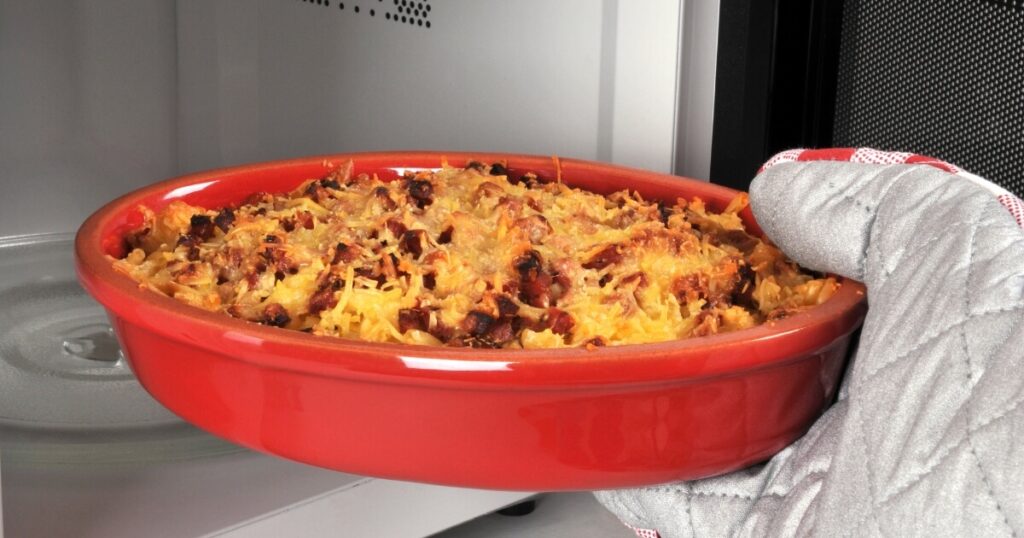
Ceramic containers are another excellent choice. They’re aesthetically pleasing, making them perfect for serving directly from the microwave to the table. Plus, they retain heat well, so your food stays warm longer.
Just a heads-up, always make sure that they’re labeled microwave-safe, as some decorative ceramic dishes might not be suitable for heating food.
For those who are wary of microwaving plastic, stainless steel containers can be an option for food storage, though they’re not microwave-safe. They’re durable, resistant to staining, and great for packing lunches for the week or storing leftovers in the fridge.
When it’s time to reheat, simply transfer your food to a microwave-safe dish.
In the end, it’s all about finding what works best for you.
Microwaving Tupperware FAQs
Are Tupperware bowls microwave-safe?
Most Tupperware bowls made after March 2010 in the US & Canada are microwave-safe plastics, but you need to check for the “microwave safe” label on your bowl to be sure.
Can you microwave Tupperware with the lid on?
When microwaving, it’s best to loosen the lid or leave it slightly open. This allows steam to escape and prevents pressure build-up, which could create a large mess or cause injury.
Is Tupperware safe for hot food?
Yes, Tupperware is designed to hold hot food. However, make sure that the container is labeled as heat-resistant or suitable for hot liquid or food.
Can glass Tupperware go in the microwave?
Yes! Glass Tupperware is typically microwave-safe, but always check for any specific manufacturer instructions, guidelines or symbols.
Is older Tupperware safe to use?
Older Tupperware, especially those made before 2010, might contain BPA. It’s essential to check their condition and any labels before use.


